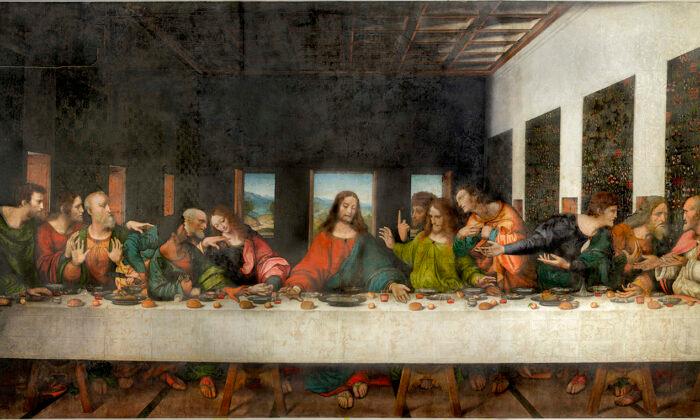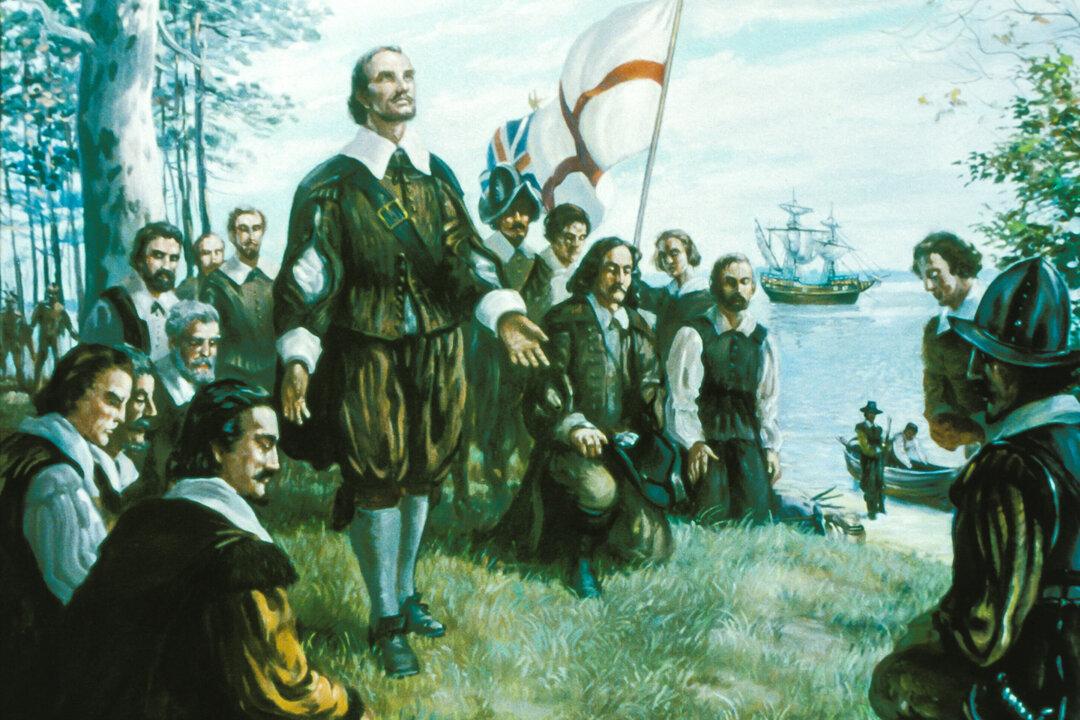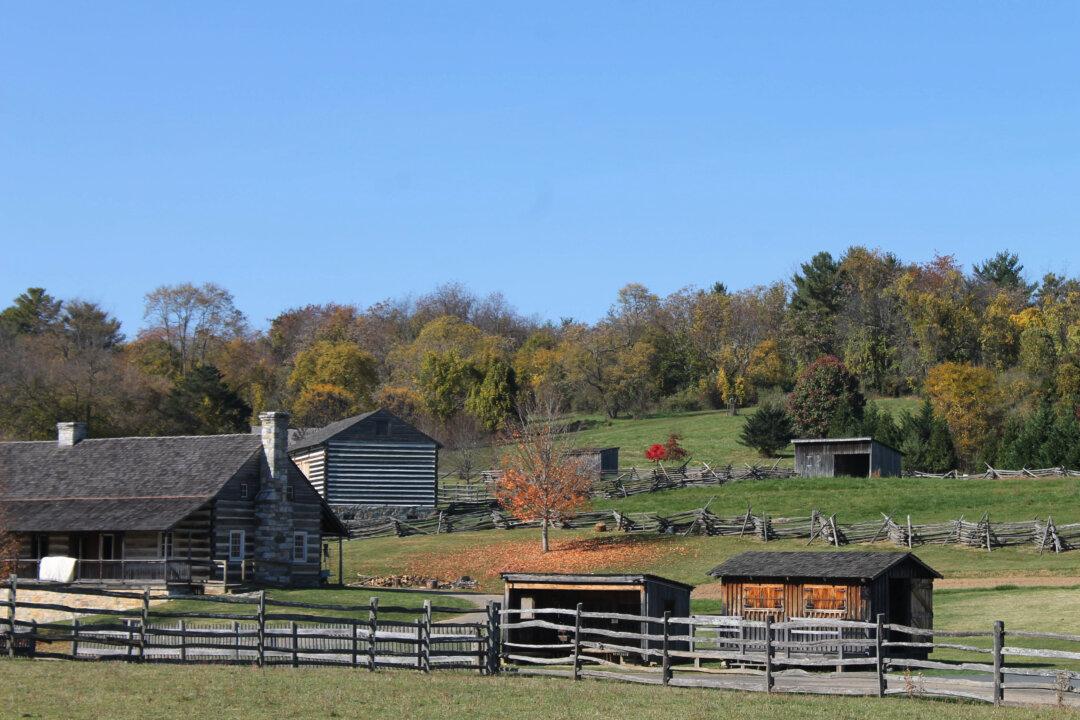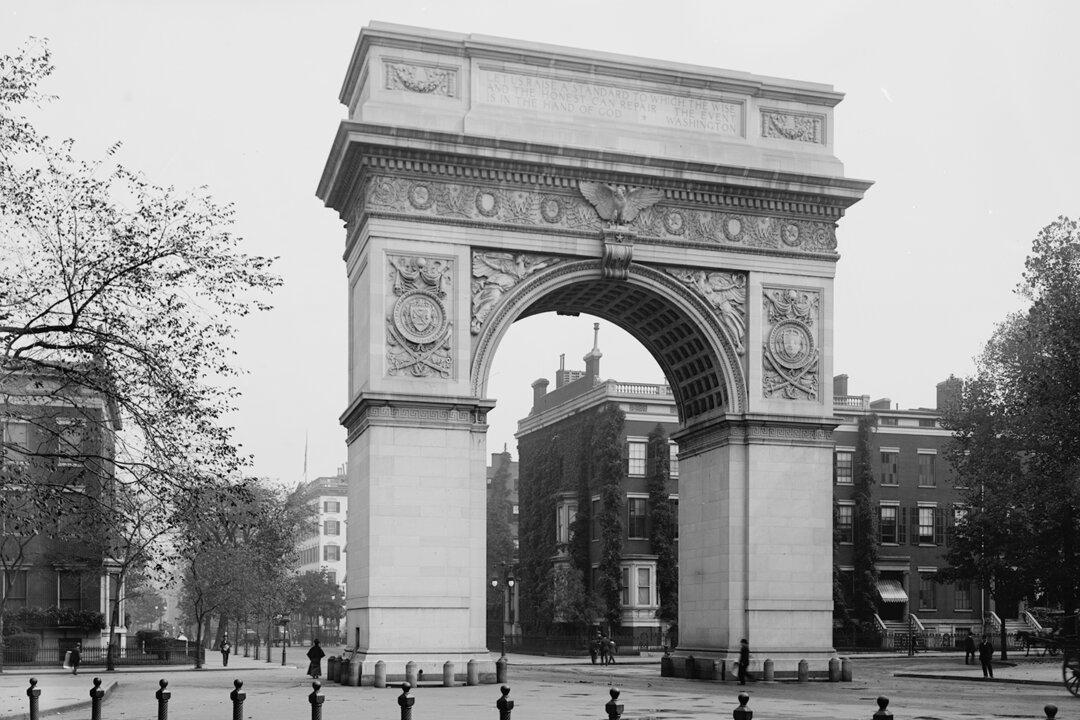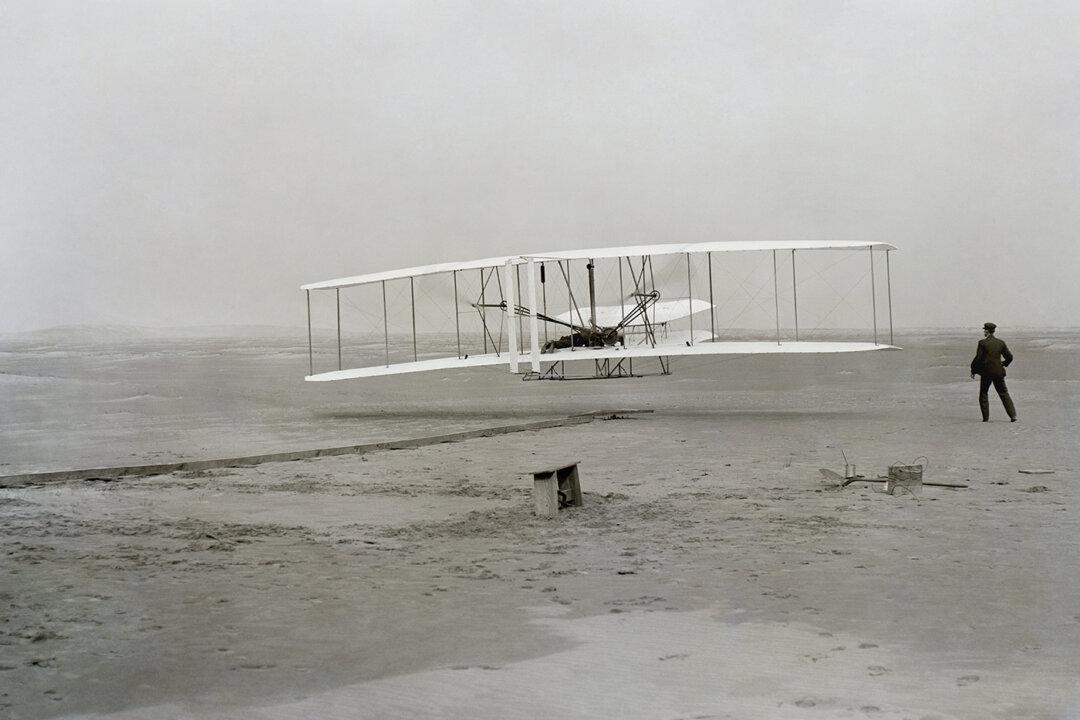Every year, thousands of art lovers flock to Santa Maria delle Grazie (Church of Holy Mary of Grace) in Milan, Italy, to view Leonardo da Vinci’s painting of “The Last Supper.” It is a huge mural, approximately 15 feet high and 29 feet wide. It is a rare privilege to gaze upon the work of such an important figure of the Renaissance. Sadly, only about 20 percent of Leonardo’s masterpiece remains. It is a wonder that the painting has survived at all, since it was painted in what was then a new and still relatively unstudied medium (oil mixed with tempera on a gypsum preparation) and ravaged by the effects of warfare and time. What must the mural have been like to gaze upon when Leonardo first painted it?
Actually, it is also a bit of a wonder how Leonardo became the brilliant artist and multigifted genius that he was. He was the son of a prominent legal notary named Messer Piero Fruosino di Antonio da Vinci and a peasant girl named Caterina di Meo Lippi. Piero could not marry the girl because of his place in society; hence Leonardo did not fully acquire his surname. He was called Leonardo di ser Piero da Vinci. (Da Vinci simply means “of Vinci,” the place of his birth.)
If he had acquired his father’s surname, Fruosino, he would have been expected to follow in his father’s profession. As it was, the sensitive and observant young man was free to become the pupil of Andrea del Verrocchio, a Florentine painter and sculptor.

Milan’s ‘Last Supper’
In 1482, Leonardo went to Milan, seeking the patronage of Ludivico il Moro, the Duke of Milan. In 1492, he was commissioned to paint “The Last Supper” on the wall of the refectory of the Convent of Santa Maria delle Grazie. A common theme, the Last Supper of Christ was often requested as a painting in such a setting.Usually, the artist would center on the celebration of the Eucharist. Leonardo, however, chose to portray the moment just after Jesus announced, “One of you will betray me” (from John 13:21). He masterfully captured the tension of the moment in the gestures of the apostles. In creating this great work, he would sometimes paint from dawn to dusk, not even stopping to eat. He labored long and hard to capture the faces of Christ and Judas.

The Tongerlo Canvas
It is here, however, that history took an interesting turn. Leonardo, with much assistance from his pupils, created a life-sized copy of the original “The Last Supper” on canvas. The story of the second painting begins in July of 1499, when newly crowned King Louis XII of France invaded Milan. When he took a tour of the city’s wonders, he was duly impressed by Leonardo’s painting. As a conquering monarch, he wanted to take the painting back to France. He sought out architects and craftsmen to create a way to box up the wall (with the painting on it) and transfer the whole treasure by carriage. The king’s project failed, being prohibitively expensive not to mention impossible, owing to the condition of the wall.Louis XII was undeterred. If he couldn’t bring the mural back with him, he’d find the artist who painted it and have him create a copy. A letter from the king, dated January 1507, told the high officials of da Vinci’s native Florence, “We have need of Leonardo da Vinci.” It is highly likely that the work on the second painting of “The Last Supper” was directed by Andrea Solari, who worked in da Vinci’s studio.

In composition, it was a highly faithful reproduction of the original. Da Vinci himself probably painted Jesus and John. There are several good reasons to believe this. First, the skillful soft blending of the master is evident in these two faces—far more than in the other disciples. The distinct appearance is not unlike that of da Vinci’s angel in Verrocchio’s painting of “The Baptism of Christ.” When the painting was X-rayed, it was discovered that these two figures appear to not have been traced from the original sketches. They appeared to have been sketched and painted directly by the master—lacking the heavy underdrawings of the others.
There is no record of where the second painting of “The Last Supper” was first displayed, although we know it must have been in the king’s cherished possession for years. The painting was recorded to have been displayed later in the château of the governor of the captured regions in Galion, France. A 1540 inventory of the governor’s estate describes the work.
It was purchased in 1545 by Abbot Arnold Streyters for the Abbey of Tongerlo in Westerlo, near Antwerp, Belgium. He paid the then exorbitant price of 450 gulden for it. (In the 17th century, 450 gulden would be almost $55,000 today.) Some speculate that this was done in defiance of Calvinist prohibitions against religious art. The painting is still owned by the abbey today, and offers art lovers a rare opportunity to see what the original mural in Milan must have looked like when it was first painted.
Much color and detail, now lost from the painting in Milan, is crisp and visible on the Tongerlo canvas. It was not widely known until Jean-Pierre Isbouts and Christopher Heath Brown were researching for their 2017 book “The Young Leonardo: The Evolution of a Revolutionary Artist, 1472–1499.” The scholars heard of the Tongerlo painting from colleagues, and their subsequent research further served to underscore the likelihood that this work is indeed traceable back to Leonardo.
The second painting of “The Last Supper” was almost destroyed or lost several times. At one point, the monks hid it in a granary. In 1929, it survived a major fire that severely damaged the abbey. Now the canvas, well over 500 years old, is also in need of restoration. Since only a handful of da Vinci’s works exist in the world today, the opportunity to preserve one of his most sacred paintings is a most worthy cause.

